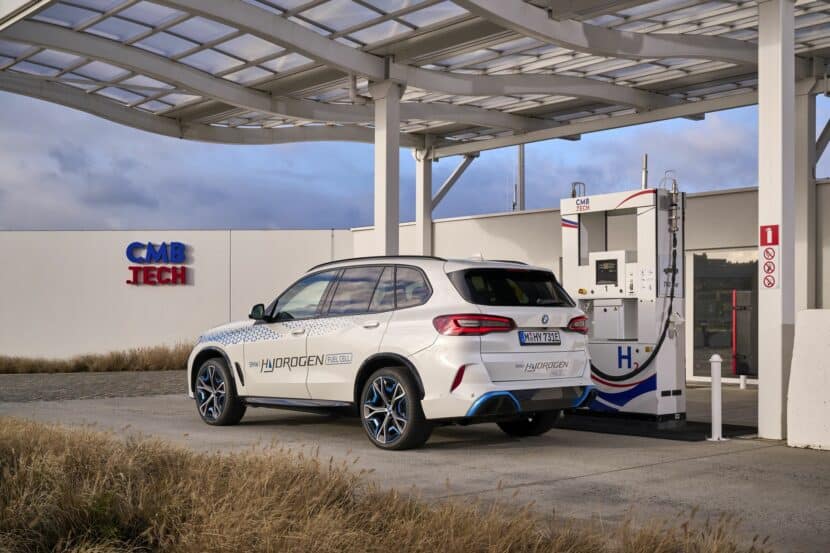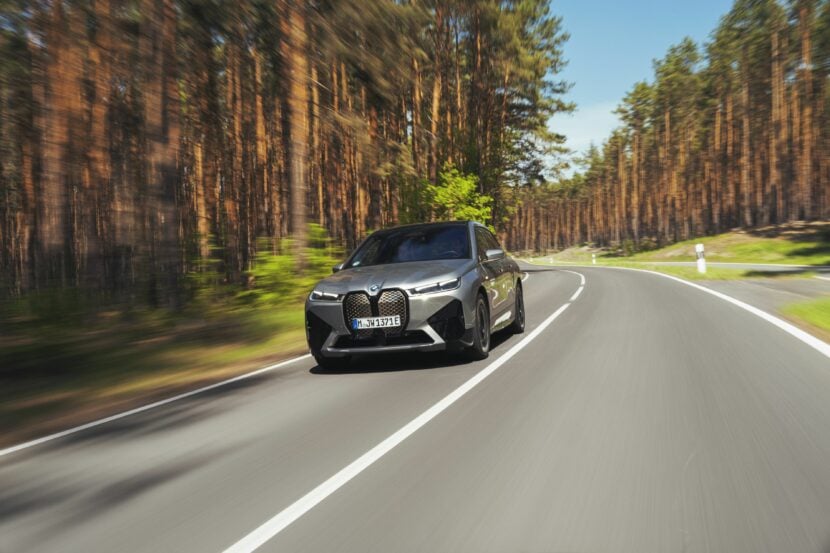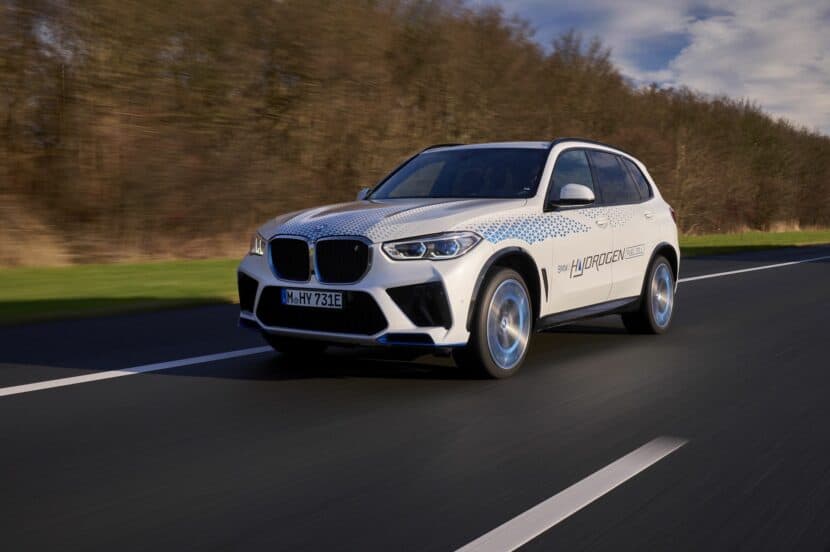“When we started our first battery electric vehicles, people ask us ‘what is the joy in driving?’ and of course, now there’s even more joy in driving than with the normal combustion engine, and the same thing is here,” Oliver Zipse, BMW CEO states. A bold claim that follows a select group of journalists driving the iX5 Hydrogen for the first time. But no one can accuse him of burying the lead. It accurately sets the stage for this closed-door meeting with one of the most influential men in the auto industry.
It’s no secret that BMW is all-in on hydrogen-powered vehicles. The new BMW iX5 Hydrogen will be tested in small fleets worldwide very soon. Buoyed by parts-sharing with like-minded Toyota, a production series seems imminent. Here are some highlights from our meeting with Zipse.
Betting on hydrogen also

Sometimes, it pays to be direct. “We think hydrogen is a missing link, which is not so obvious,” Zipse states. While he’s certain that electric vehicles will catch on – even swallowing up to 60% of market share in some countries – there is more to the story. The scarcity and pricing of raw materials will become worrisome. Charging infrastructure will be challenging and still limiting in rural areas, despite millions of battery electric vehicles on the road. The BMW boss thinks we’ll start seeing ramifications as early as 2027 or 2028. That’s where hydrogen comes in.
Additionally, Zipse compares the BMW iX5 Hydrogen to the 2008’s MINI E trial. “It was the coolest thing in the world, says Zipse about the MINI E. “When we started with our first MINI electric in 2008, absolutely no one even thought about driving an electric car”, added the BMW boss. “Seven years later, [driving an electric car] was the coolest thing on earth. Now we go into into the adoption of the market, it’s become a normality to drive electric. We believe, especially for a premium car brand like BMW, [hydrogen] is probably going to be the next coolest thing to drive.”
Zipse points out the advantages hydrogen offers. It uses fewer raw materials and offers a smaller, lighter battery. “You can more or less use the same infrastructure we use today,” he states. Furthermore, he envisions that it will eventually power many different vehicles. “Almost all industries will [be able] to use it…ships, airplanes. So, the incentive to scale it up is much bigger,” he says, citing that the charging structure only affects cars.
Still on Electromobility
Despite his strong feelings about hydrogen, Zipse reminds us that BMW will still make EVs for the foreseeable future. “We’re still on electromobility,” Zipse says when asked about lessons learned through EV marketing. “We just started – less than 10% market share worldwide.” However, he thinks that number will increase significantly – slowly reflecting leading markets like Norway and California.
“Don’t get us wrong, there will always be battery electric vehicles. It will always be the dominant leg. We’re not talking about replacement of.” But he thinks hydrogen vehicles will offer more options to customers without widespread access to charging or “who deem it for themselves as necessary or positive to drive a hydrogen vehicle.”
Ramping Up Hydrogen
A question regarding the Inflation Reduction Act in the United States prompts Zipse to talk a little bit more about infrastructure. “Every region in the world is investing heavily large scale into hydrogen. Not for cars – that’s not the point. I think trucks and ships will be on the front runner side.” He thinks this widespread investment is a big push for change. It seems inevitable – at least, BMW hopes – that it will spread to the auto industry.
“Every technology evolves every day,” Zipse tells a journalist wondering why hydrogen didn’t launch into production fifteen years ago. “Electric car is not completely new, but the trigger point was mass production of lithium ion cells,” he remarks. “Without that, you wouldn’t have the cars today.”
Rescuing the Combustion Engine
Upon being asked about the possibility of synthetic fuels, he’s almost dismissive. “You need that to rescue the combustion engine after 2035. That’s not a big problem. Europe has 260 million cars on the road. New car sales is between ten and 15 million. The problem is the existing fleet, and not new car sales.” He goes on to say that it would be tough – strictly judging from regulations already in place – to see viability. “Is that the picture we have in our sight of the future? To drive old cars forever, is that the picture you have in your mind? Not in my mind,” he says. “This is old technology, which at that time was superior, but ten years later it’s super old and emitting a lot of CO2.”
So, don’t count on synthetic fuels anytime soon. Zipse is open to ICE tech being around as long as possible but thinks emissions restrictions are larger than life. And electric-only isn’t going to work on a long enough timeline. “CO2 reduction will be the main force in all countries in this world for the next 20 years. And you should try to use all [the options] you have – not only one.”


